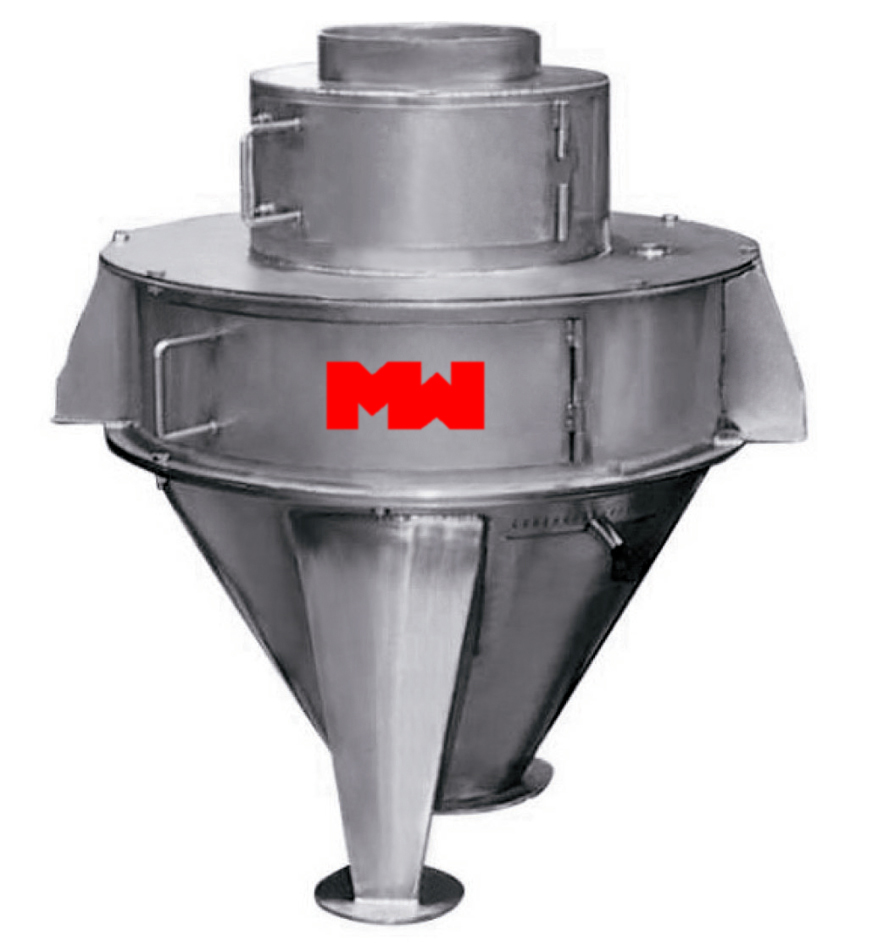Rotary Disc Divider (RDD).
What’s the benefit?
The Rotary Disc Divider (RDD):
- Has a built-in dosing function in cases where the sampled material does not come in a continuous flow. The RDD thereby enables a more even distribution of material before division.
- Has a compact design compared to a set-up with both a Dosing Conveyor and a Rotary Tube Divider.
- Is cost effective and easy to install and operate.
- Has low maintenance costs.
What does it do?
The Rotary Disc Divider (RDD) is designed for combined dosing and representative dividing of bulk material.
Variant 1:
The Rotary Disc Divider Single (RDD-S) has one sample outlet in the bottom section.
Variant 2:
The Rotary Disc Divider Multiple (RDD-M) have up to four sample outlets in the bottom section.
How does it do it?
The RDD consists of a top section housing with an upper disc and two scrapers, a center section with a lower disc, a drive unit, a rotor which is connected to the scrapers, a bottom section with an adjustable sample outlet(s) and a reject outlet. There are inspection hatches in both the upper and the center section.
The material is fed vertically to the RDD through the top section. In the top of the RDD, an upper disc is mounted, and the material is scraped off and directed towards an annular opening. This allows the right amount of material to fall to the lower disc, where the material is scraped down to the bottom section. The division ratio may be adjusted between 1:9 and 1:56 dependent of RTD model and particle size. In the bottom section, the divided material is led through a manually adjustable outlet and the remaining material is led into the reject outlet.
What are the technical details?
Details to follow..
Options
The M&W central control cabinet can exchange signals with the client’s control system.



